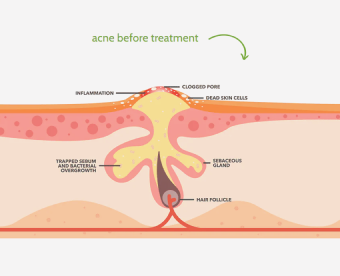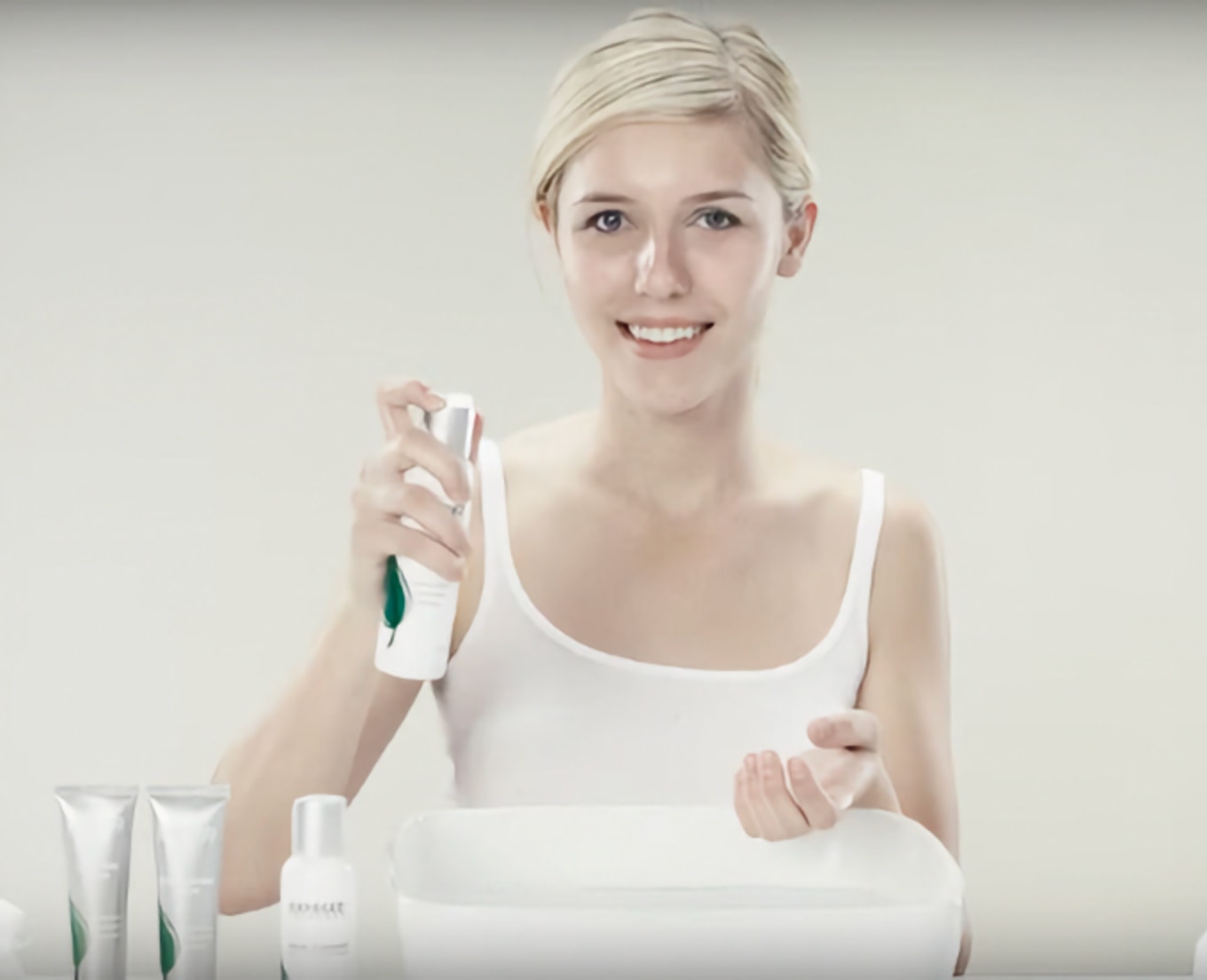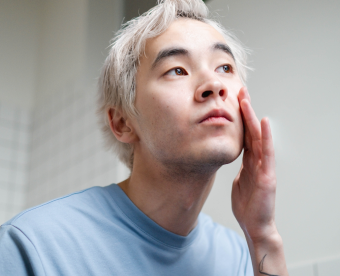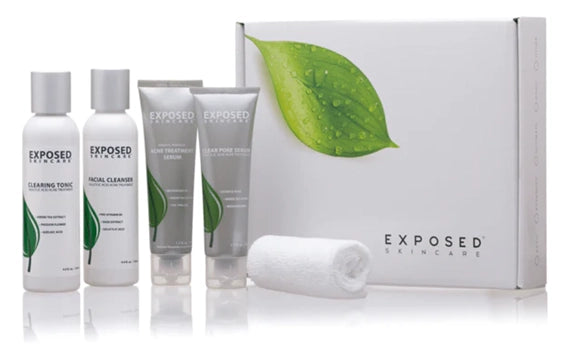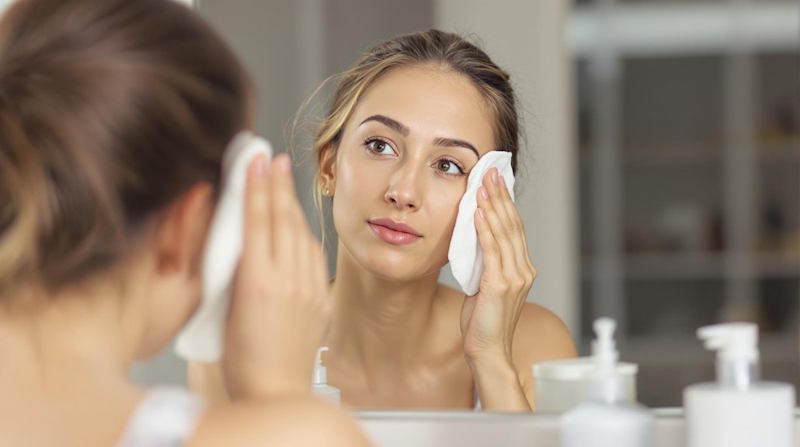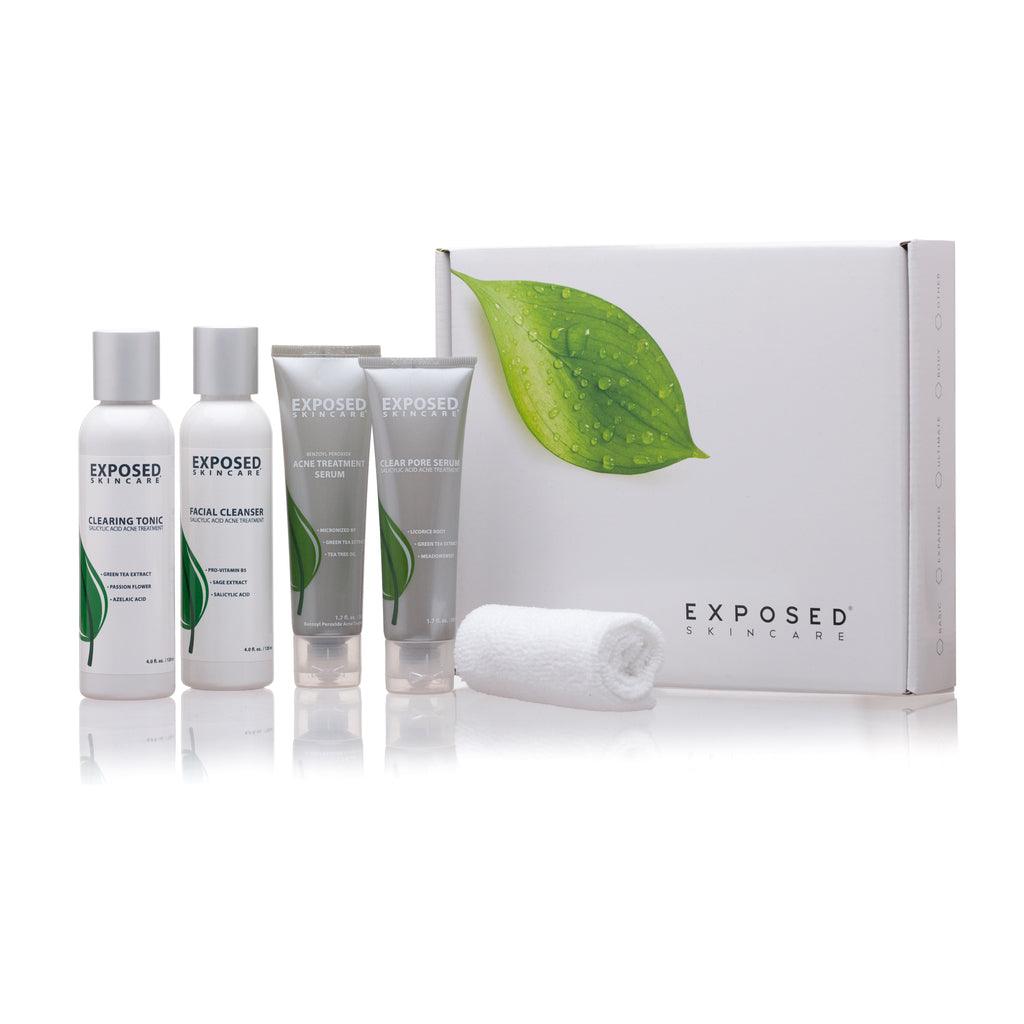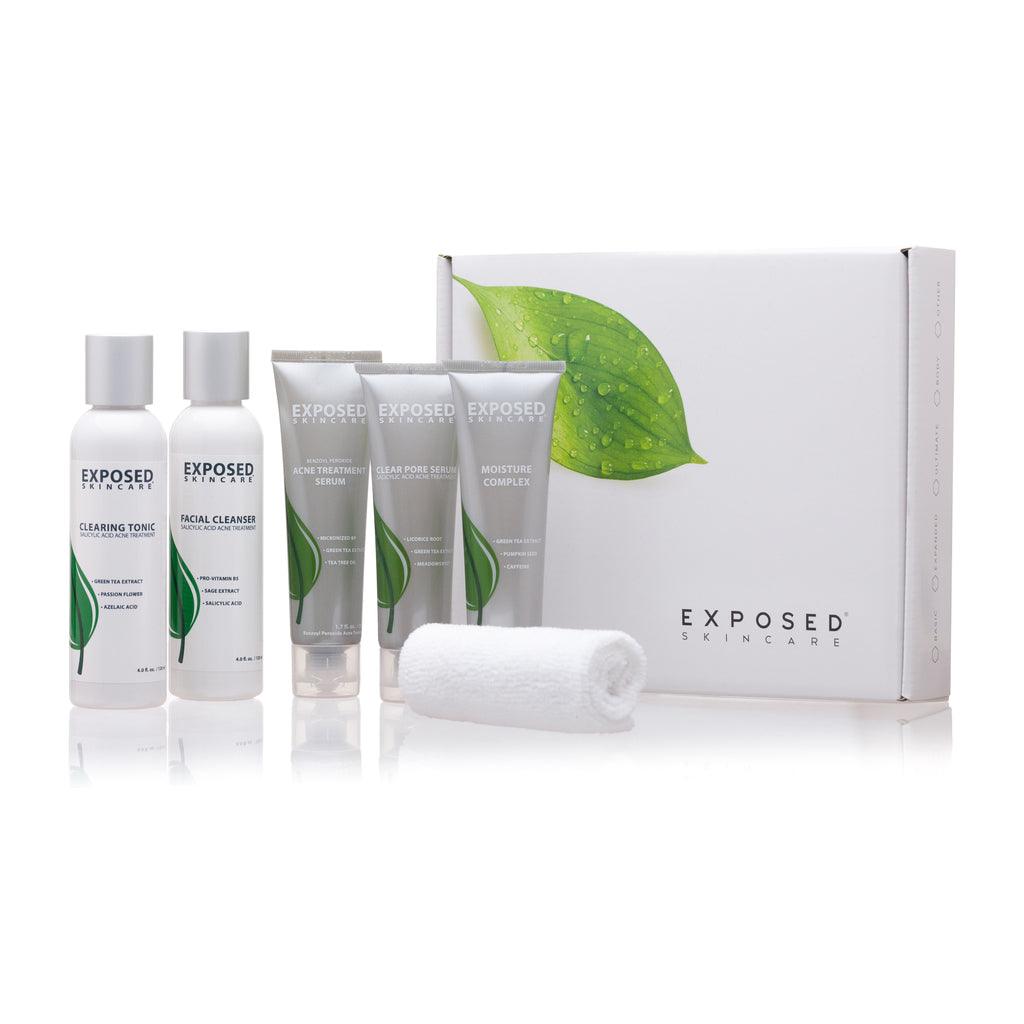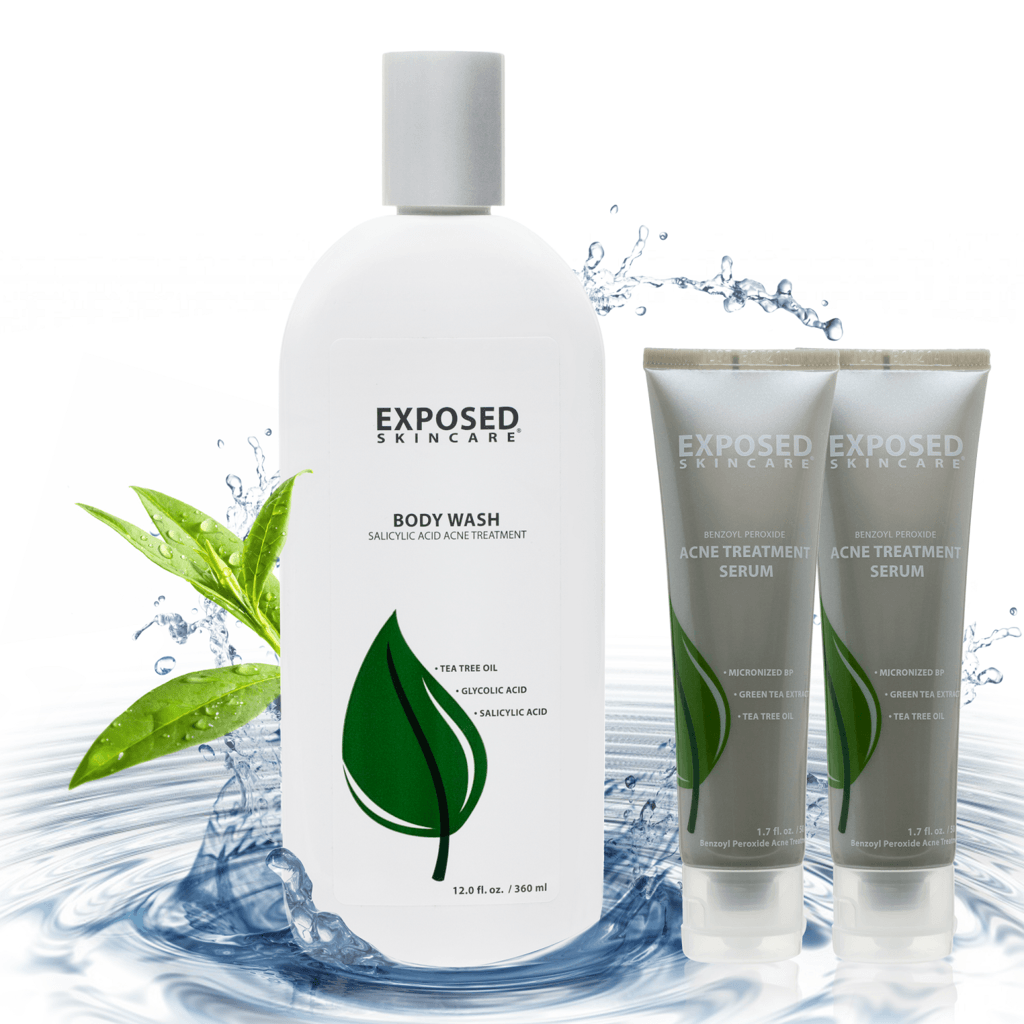Acne is an inflammatory skin condition that can manifest as pimples, blackheads, or cystic acne. It is not just a cosmetic concern but can also significantly affect one's self-esteem and emotional well-being. Many acne treatments are available today, from over-the-counter products to prescription medicines. Mupirocin ointment, a topical antibiotic originally designed to treat bacterial skin infections, is among the options some consider.
However, can mupirocin be used for acne effectively and safely? This comprehensive guide will provide an overview of mupirocin, its possible use for acne, the risks, and potential side effects, and effective alternatives.
Also read: How to choose the best acne treatment
Biggest Take-Aways:
- Mupirocin, an antibiotic topical ointment typically used for skin infections, can be used for acne in specific situations, but it is not a first-line treatment.
- The use of mupirocin comes with potential side effects like skin irritation and more severe risks such as allergic reactions. Long-term use can contribute to bacterial resistance.
- Special considerations should be taken for breastfeeding or pregnant individuals, as it's crucial to weigh the risks and benefits of using mupirocin.
- The Exposed Skin Care system is an alternative acne management solution, providing a comprehensive approach combining both scientific and natural ingredients, resulting in less skin irritation for many users.

Mupirocin: An Overview
Mupirocin, known under the brand name Bactroban, is a topical antibiotic ointment primarily used to treat bacterial skin infections such as impetigo and staph infections, including MRSA. As a potent antibacterial, mupirocin works by inhibiting the growth of bacteria on the skin, thereby eliminating or reducing the infection.
Indications for Use
The primary indications for mupirocin include the following:
- Treating skin infections like impetigo
- Treating traumatic skin lesions such as scrapes or open wounds that are at risk of infection
- Treating minor burns that have signs of bacterial infection
- Treating folliculitis, an infection of the hair follicles that can cause redness, itching, and sometimes pus-filled bumps
- In some cases, healthcare professionals might prescribe mupirocin to prevent staph infection, particularly in a hospital setting
The standard dosage for mupirocin often involves applying the ointment to the affected areas three times a day for 3 to 5 days or as directed by your healthcare professional.
How Mupirocin Works
Mupirocin stops the production of essential proteins that bacteria need to survive. It targets a specific part of the bacterial cell, making it highly effective at treating skin infections caused by susceptible bacteria.
However, it's important to note that while mupirocin is highly effective against certain bacteria, it does not treat viral or fungal infections.
Can Mupirocin Be Used for Acne?
Acne is a complex condition involving overactive oil glands, pore blockages, and an overgrowth of bacteria, specifically Propionibacterium acnes. So, can mupirocin be used for acne as a part of the treatment plan?

While mupirocin is not typically the first choice to treat acne, some healthcare professionals might consider it under certain circumstances. Mupirocin may be used for acne if a secondary bacterial infection is involved or if traditional acne treatments, such as benzoyl peroxide or topical retinoids, are ineffective or not tolerated.
The Risks and Side Effects of Using Mupirocin for Acne
While the potential effectiveness of mupirocin for acne may seem promising, it's crucial to consider the potential risks and side effects associated with this antibiotic ointment.
Common Side Effects
The most common side effects of using mupirocin ointment include:
- Burning or stinging sensation upon application
- Itching or rash
- Skin redness or irritation
- Dry or flaky skin
These side effects may occur within a few days of treatment, but they often go away after a few days or a week. If they persist or worsen, you must stop using the ointment and call your doctor.
Serious Side Effects
More serious side effects, though rare, can occur. These include:
- Severe itching, rash, or redness
- Swelling of the face, lips, tongue, or throat
- Hives
- Difficulty breathing

These could be signs of a severe allergic reaction to mupirocin, and if experienced, it's crucial to contact your doctor immediately.
Risks of Using Mupirocin
There are several other potential risks to consider when using mupirocin for acne:
- Bacterial Resistance: Overuse or misuse of topical antibiotics like mupirocin can lead to bacterial resistance, reducing the effectiveness of mupirocin and other antibiotics in the future.
- Inappropriate Use: While mupirocin may help some acne cases, it's not designed to treat the root causes of acne and thus may not effectively reduce acne in the long term.
- Potential for Allergic Reaction: Mupirocin can cause allergic reactions in some people, which can be bothersome or even serious.
Alternatives to Mupirocin for Acne Treatment
While mupirocin can potentially be used for acne under certain circumstances, there are other treatments specifically designed to address acne's various causes and symptoms.
Benzoyl Peroxide
Benzoyl peroxide is a commonly used over-the-counter acne treatment. It works by reducing acne-causing bacteria on the skin and causing the skin to dry and peel, helping to clear existing pimples and prevent new ones from forming.
Topical Retinoids
Topical retinoids are vitamin A derivatives and are often used to treat acne. They promote cell turnover and prevent the clogging of pores, helping to reduce acne breakouts.
Salicylic Acid
Salicylic acid is another over-the-counter option that exfoliates the skin and prevents pores from becoming clogged.

Oral Antibiotics
Oral antibiotics, such as doxycycline and tetracycline, can be prescribed for moderate to severe acne. They work by reducing inflammation and killing the bacteria that contribute to acne.
Birth Control Pills
For some women, hormonal birth control pills can help control acne breakouts by regulating hormones that contribute to acne development.
It's important to note that what works for one person may not work for another. Acne treatment is highly individual, and it may take a bit of trial and error to find the best treatment plan for you.
Using Mupirocin Safely and Effectively
If you and your healthcare professional decide that mupirocin is a suitable treatment for your acne, it's important to use the medication correctly to increase its effectiveness and reduce the risk of side effects.
Here are some tips for using mupirocin:
- Only apply mupirocin to the affected area, not the entire face or body.
- Apply the ointment as directed by your healthcare provider, usually three times daily.
- Avoid applying mupirocin on broken skin or open wounds unless your healthcare provider directs you to do so.
- Do not use mupirocin longer than prescribed. Overuse can lead to decreased effectiveness and increased risk of side effects.
- Do not use mupirocin if you're allergic to it or any of its ingredients.
Breastfeeding and During Pregnancy
Before deciding whether mupirocin is a suitable treatment for your acne, special considerations need to be taken into account, especially for those who are breastfeeding, pregnant, or planning to become pregnant.
In these specific circumstances, you must weigh the risks and benefits of using this medication. Although mupirocin is a topical treatment, meaning it's applied to the skin and generally considered safe, there's a need to be cautious.
For breastfeeding mothers, it's crucial to avoid applying mupirocin cream or ointment on your breast or nipple area. Even though only small amounts of mupirocin are absorbed through the skin, there's still a chance it might enter breast milk and affect the nursing infant.

Pregnancy and Mupirocin
While pregnant or if you are planning to become pregnant, it's essential to discuss with your doctor before using mupirocin.
Key points to consider include:
-
Effects of Mupirocin: Little is known about the effects of mupirocin on pregnant women or their developing babies. It's critical to tell your doctor if you're pregnant or planning to become pregnant before starting this treatment.
-
Unwanted Side Effects: The side effects of mupirocin, such as skin irritation or a potential allergic reaction, might be more bothersome during pregnancy due to hormonal changes affecting the skin.
-
Treatment Course: Stick to your treatment course as advised by your doctor. Even if your symptoms seem to improve within a few days, do not stop using the ointment unless your doctor advises.
-
Missed Dose: If you miss a dose, apply it as soon as you remember. However, if it's close to your next dose, skip the missed dose and continue with your regular dosing schedule.
Remember, this topical cream should be used with caution and under the guidance of your healthcare professional during pregnancy or while breastfeeding. If you notice any severe side effects, discontinue use and talk to your doctor immediately.
The Benefits of Using Exposed Skin Care for Acne Management
Exposed Skin Care is a comprehensive skincare system designed to effectively manage and prevent acne breakouts. It combines both scientific and natural ingredients that work together to clear current acne and prevent future breakouts. Unlike mupirocin topical ointment, which isn't primarily formulated for acne, Exposed Skin Care targets acne directly.
Here are some of the benefits of using Exposed Skin Care:
-
Targets Multiple Causes of Acne: Unlike treatments like mupirocin, which isn't specifically designed for acne, Exposed Skin Care is formulated to tackle the multiple causes of acne, like excess oil and clogged pores.
-
Combination Therapy: The system combines different products that work together, creating a comprehensive approach to acne treatment. This synergistic effect often results in better results than using a single product.
-
Less Irritating: Many people who use Exposed Skin Care report less skin irritation than other acne treatments. This can be particularly beneficial for those with sensitive skin.
-
Natural Ingredients: Exposed Skin Care products contain natural ingredients known for their skin-soothing properties. These natural ingredients can help counteract potential side effects like dryness and irritation.
Although the results can vary, many users report seeing improvements within a few days of using Exposed Skin Care. Always remember to apply only a small amount initially to see how your skin reacts.
Conclusion
From our detailed exploration, it's clear that while mupirocin, commonly known by its brand name Bactroban, is a powerful tool for combating certain skin infections like impetigo, its use for acne treatment is not typically the first-line choice. The question "Can mupirocin be used for acne?" invites a multifaceted answer. Yes, it can, but it's often reserved for specific cases where bacterial skin infections and acne or standard treatments are ineffective.
While using Bactroban ointment, it's vital to avoid getting it in your eyes and use only a small amount. The application should be carefully localized to cover the treated area only. Even if your symptoms improve within a few days of using mupirocin, it doesn't mean you should stop taking this medication unless your doctor advises otherwise.
Side effects may occur, but they often go away after a few days at a time. However, if symptoms of a severe allergic reaction appear, such as difficulty breathing or swelling of your face, lips, tongue, or throat, stop using the ointment and get medical help immediately.
It's essential to remember that while mupirocin isn’t primarily a medicine to treat acne, this doesn't mean that interactions with acne aren't possible, particularly when used together with other topical acne medications. In terms of alternatives, the Exposed Skin Care system may offer a comprehensive, less irritating solution, especially for those suffering from persistent acne.
FAQs about Mupirocin and Acne
Q: Can mupirocin be used for acne?
While mupirocin is not typically the first-line treatment for acne, it can be used in certain situations, such as when there's a secondary bacterial infection or if standard acne treatments are ineffective or not tolerated.
Q: What are the risks of using mupirocin for acne?
The risks of using mupirocin for acne include common side effects like burning, stinging, itching, and redness and more serious risks like severe allergic reactions and potential bacterial resistance due to overuse or misuse.
Q: What are alternatives to mupirocin for acne treatment?
There are several alternatives to mupirocin for acne treatment, including benzoyl peroxide, topical retinoids, salicylic acid, oral antibiotics, and hormonal birth control pills for some women.
Q: How should I use mupirocin for acne?
If your healthcare professional prescribes mupirocin for your acne, apply it only to the affected area, avoid applying it on broken skin or open wounds, and avoid using it longer than prescribed to reduce the risk of side effects and bacterial resistance.

